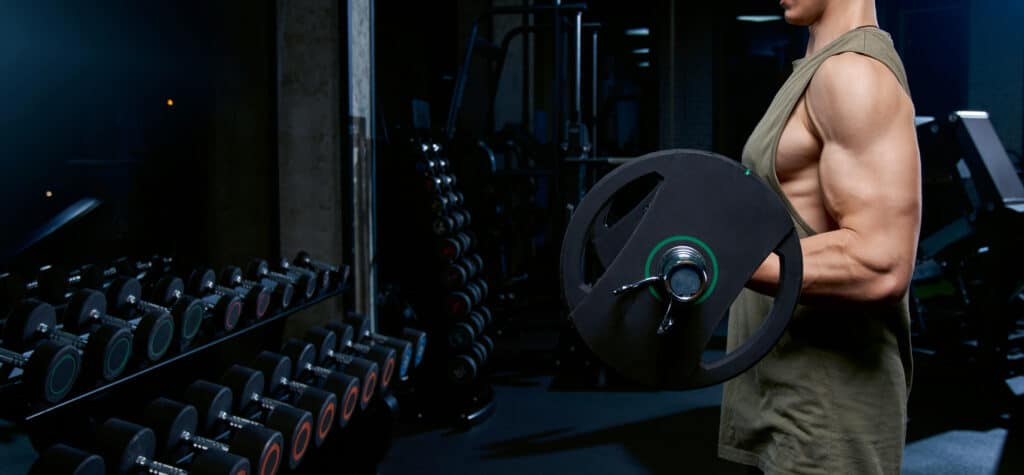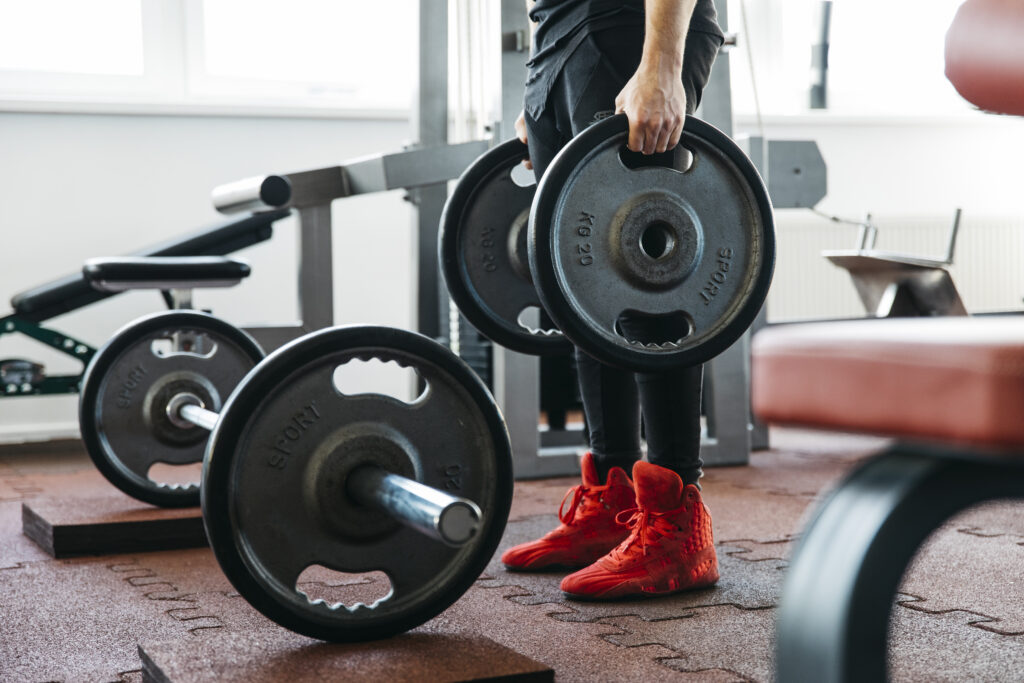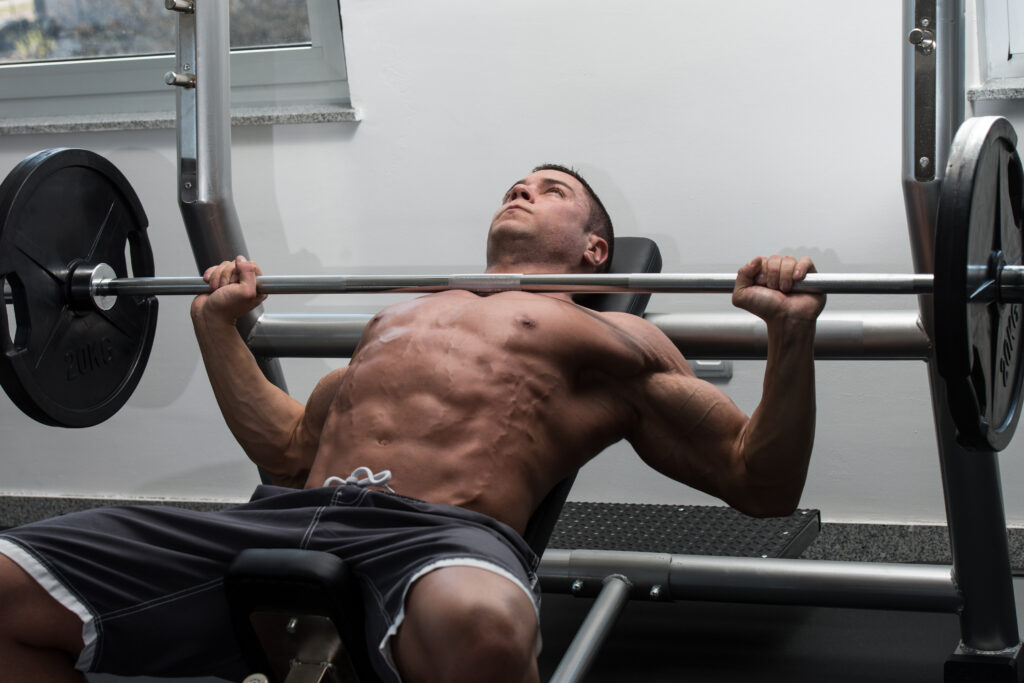Science of Rest Between Sets: How Much Recovery Do You Need?
When it comes to strength training, sets and reps often take center stage. But one often-overlooked variable—rest between sets—can make or break your progress. Research shows that the amount of time you rest impacts strength, hypertrophy, and endurance differently, making it essential to tailor recovery periods to your training goals. Why Rest Between Sets Matters […]
Science of Rest Between Sets: How Much Recovery Do You Need? Read More »











